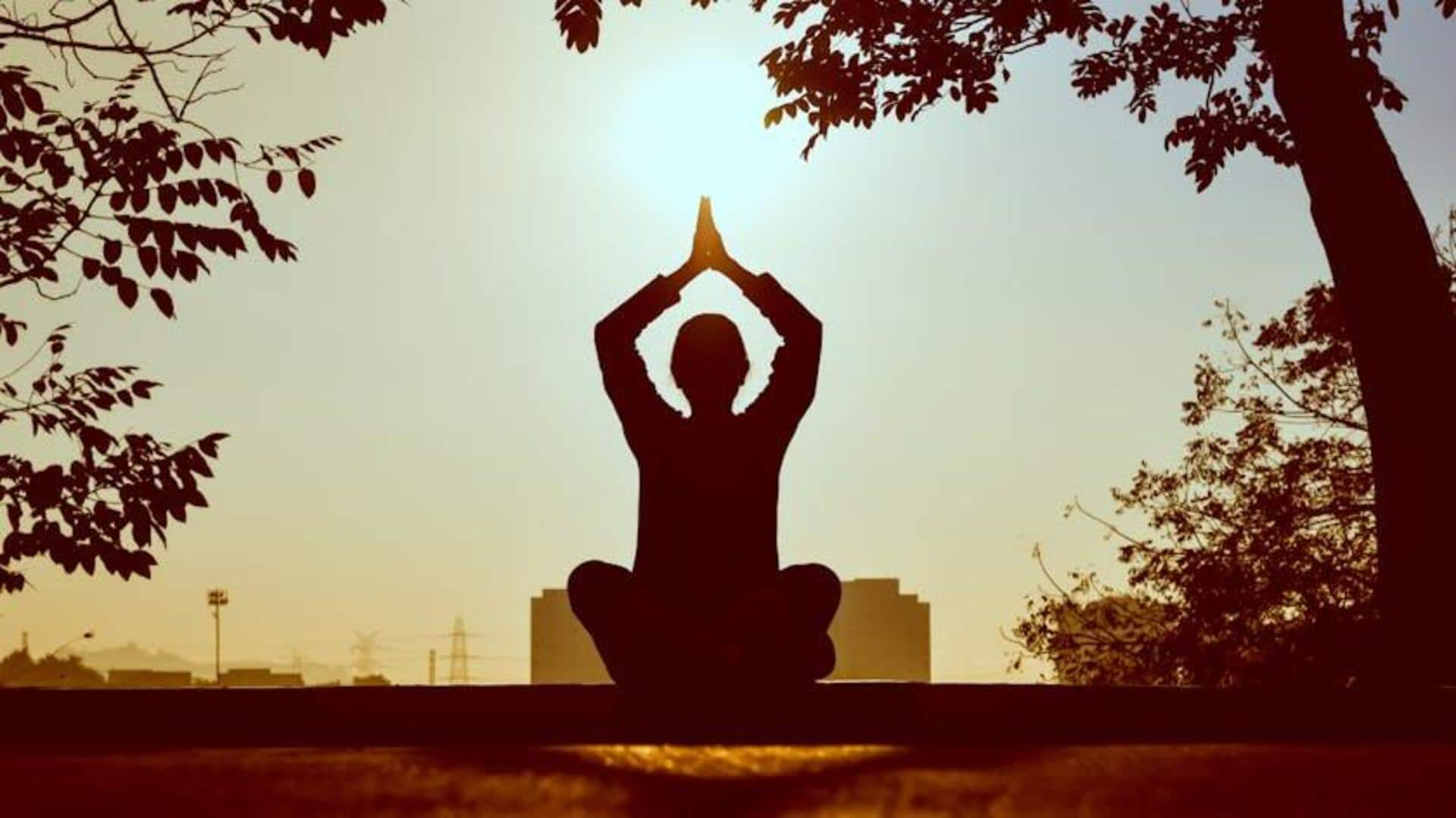
If yoga is your thing, these exercises are a must
What's the story
Pranayama, a core component of yoga, emphasizes the importance of breath control and regulation. Developing proficiency in pranayama can have profound positive impacts on both physical and mental health. This article highlights five yoga breathing exercises that specifically focus on strengthening pranayama breath control. Each exercise addresses unique aspects of breathing, providing a well-rounded approach to cultivating breath awareness and control.
Foundation
Deep diaphragmatic breathing
Deep diaphragmatic breathing forms the foundation for all pranayama practices. It entails taking a deep breath in through the nose, allowing the diaphragm to fully expand, and then exhaling in a controlled manner. This simple technique strengthens the diaphragm muscle, increases lung capacity, and reduces stress. Practicing for just five to 10 minutes daily can greatly improve overall breath control.
Victorious breath
Ujjayi Pranayama
Ujjayi Pranayama, also called victorious breath or ocean breath, is achieved by constricting the back of the throat while inhaling and exhaling through the nose. This creates a soothing sound reminiscent of ocean waves. Besides promoting concentration in yoga, it also improves lung efficiency. Plus, it generates internal heat in the body, which is particularly advantageous for individuals deepening their meditation practice.
Skull shining breath
Kapalabhati pranayama
Kapalabhati Pranayama is known as Skull Shining Breath because it purifies the mind. It involves forceful, rapid exhales with passive inhales. This exercise tones your abs and supercharges your brain with oxygen. You'll experience improved focus and a crystal-clear mind. But, do it on an empty stomach, and people with high BP or heart issues should skip it.
Humming bee breath
Bhramari pranayama
Bhramari Pranayama or Humming bee breath (you close your lips and ears with your fingers, and while exhaling, you make a humming sound) This unconventional technique triggers immediate tranquility in the mind by lowering stress hormones in the body. Especially beneficial before sleep for individuals battling insomnia or anxiety disorders.
Alternate nostril breathing
Anulom Vilom Pranayama
Anulom Vilom Pranayama involves alternate nostril breathing, where you use your thumb and ring finger to close and open each nostril as you inhale and exhale. This balanced breathing technique synchronizes both sides of your brain, promoting emotional stability, enhanced focus, creativity, memory recall, and other cognitive benefits. And, it can significantly reduce respiratory allergies, asthma conditions.